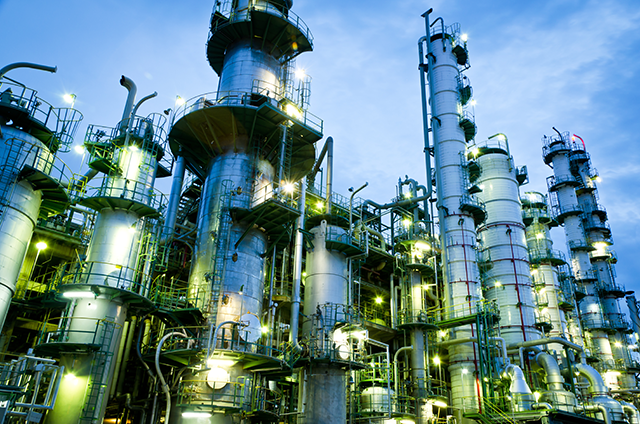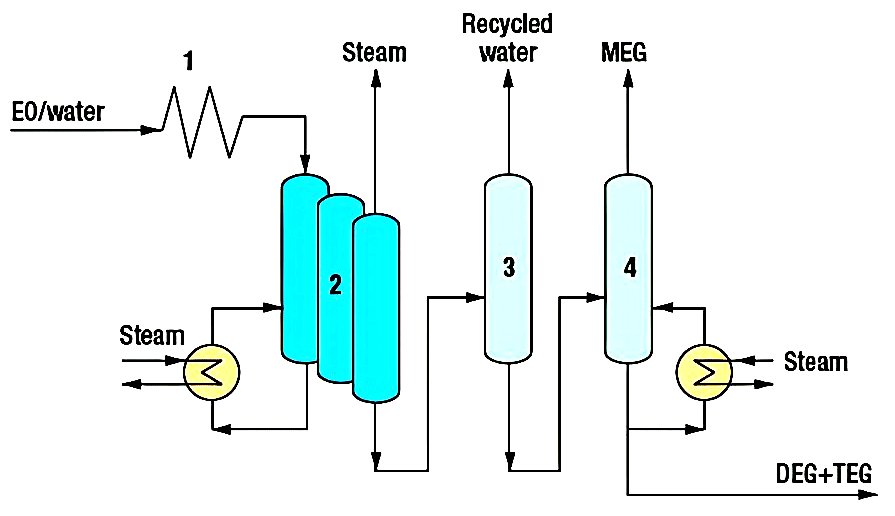Technology

- Name
- Dow METEOR EG
- Owner
-
/ Dow Incorporated - Brand
- METEOR™ EG
- Process
- Hydrolysis
- Type
- Ethylene Oxide Hydrolysis into Ethylene Glycols
- Available
-

- #TE82
Description
Your insights will be shown here
Content provided by
| Transaction | Name | Date |
|---|---|---|
| Modified by |
|
10/30/2025 9:20 AM |
| Added by |
|
3/6/2022 7:23 AM |











